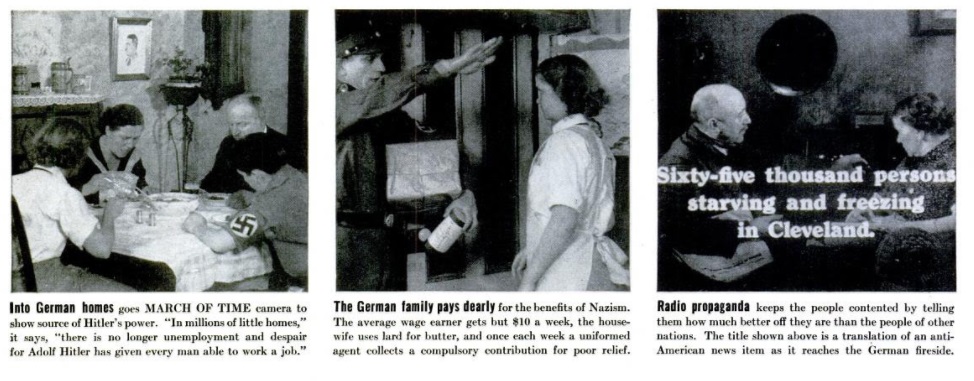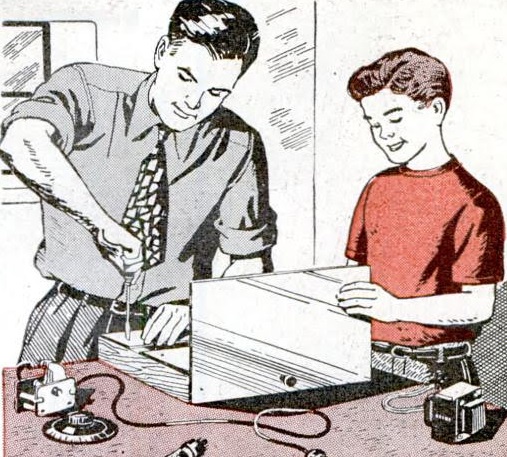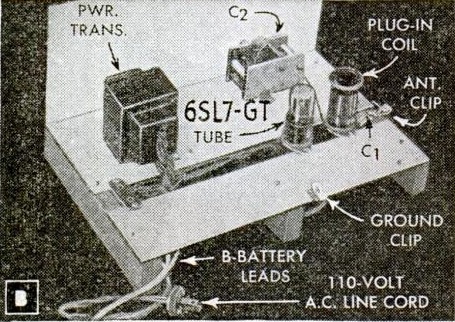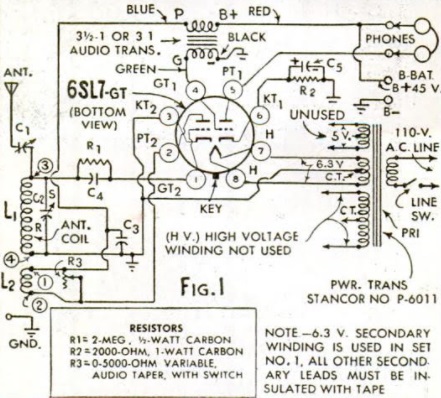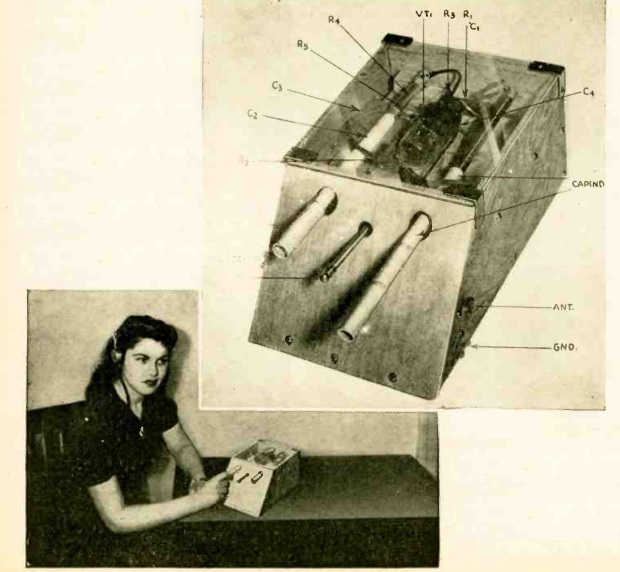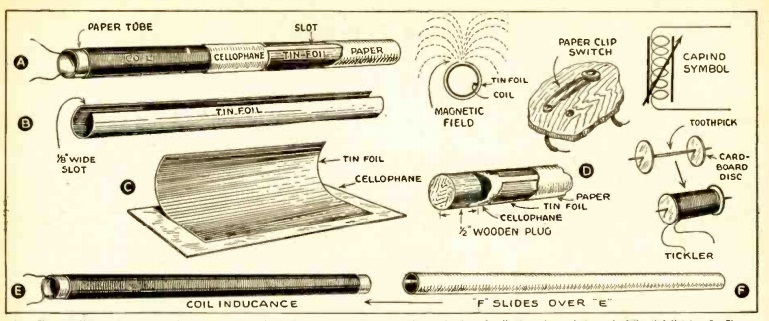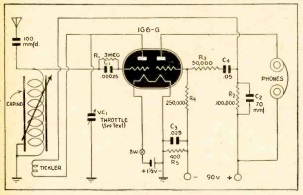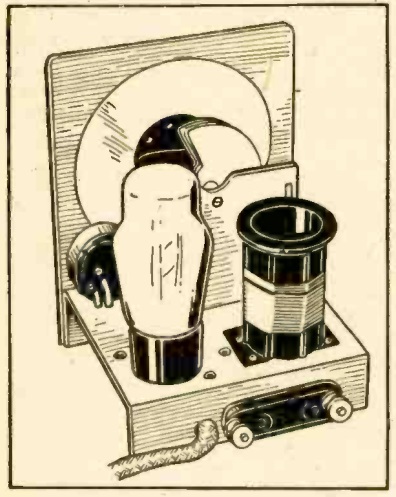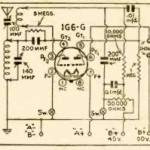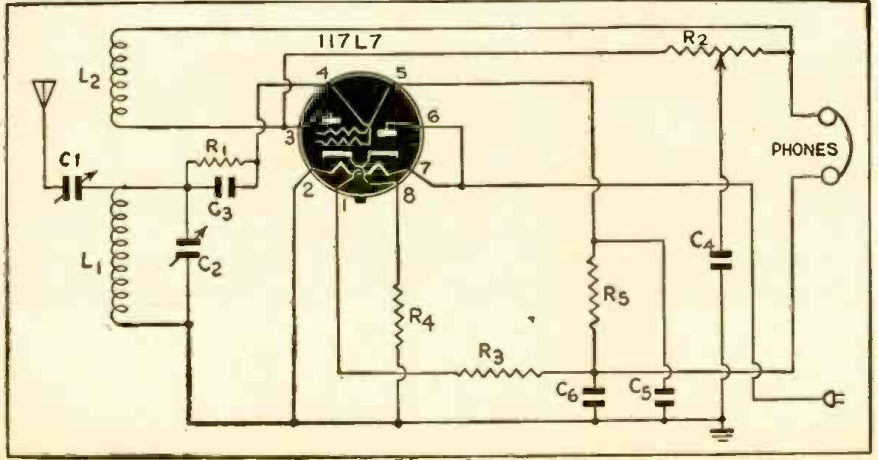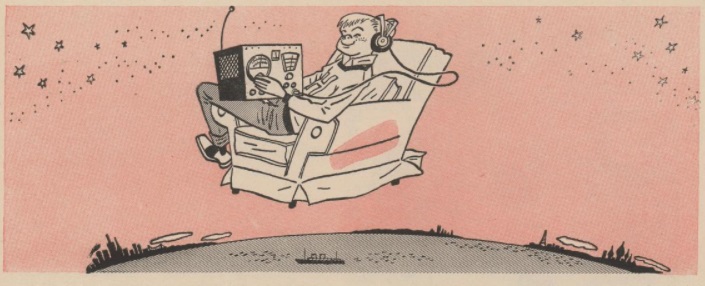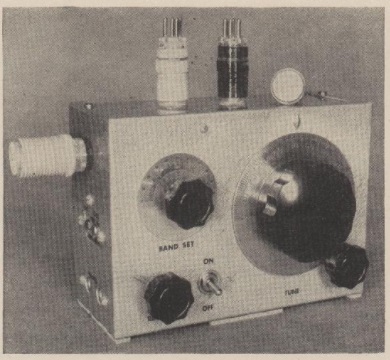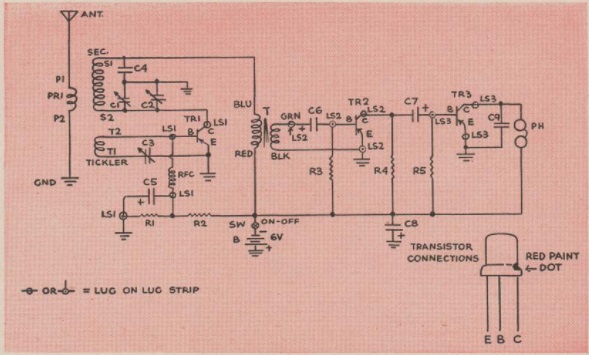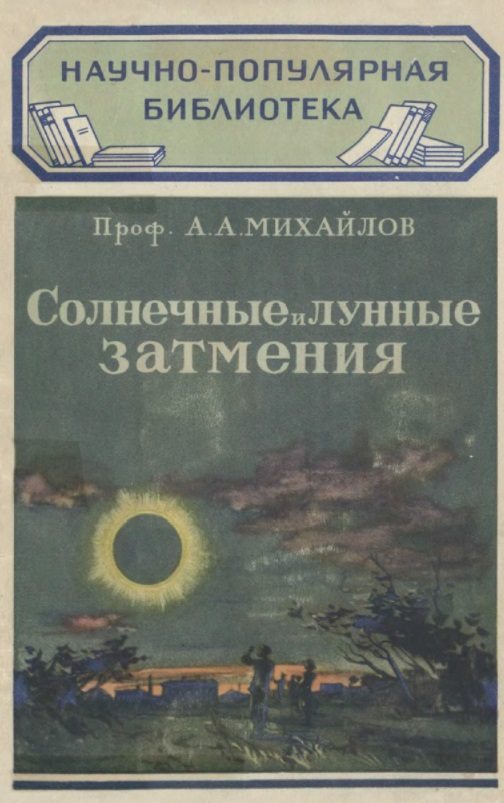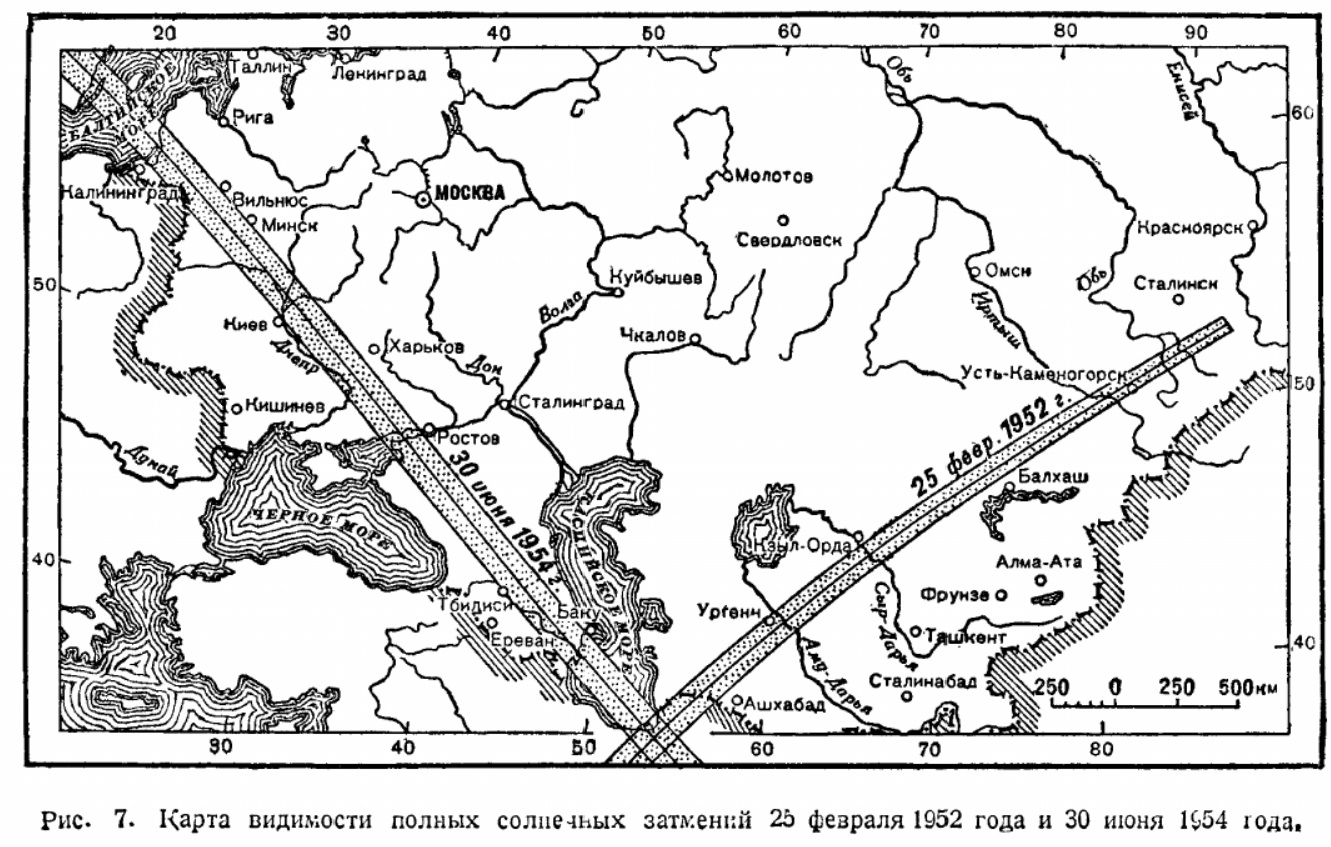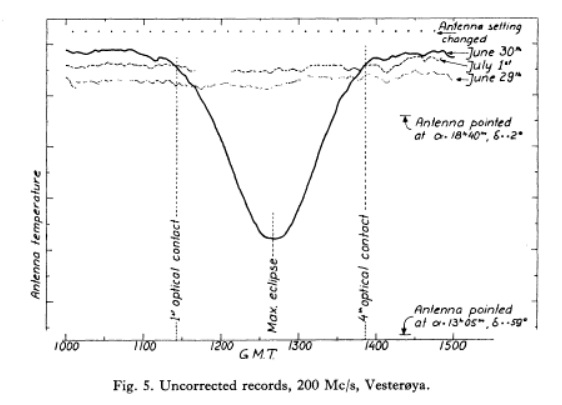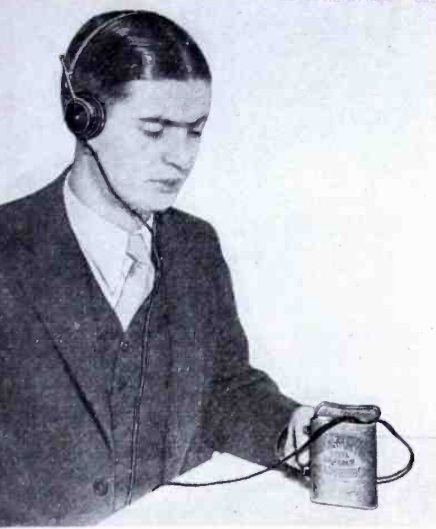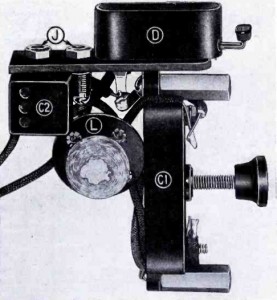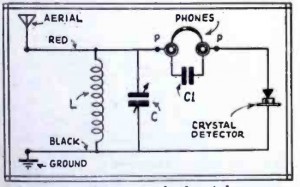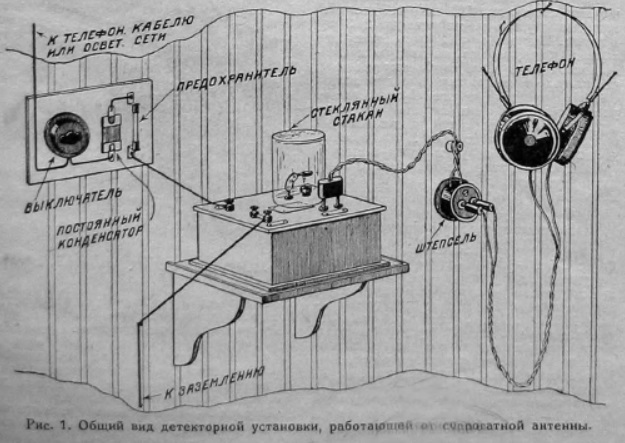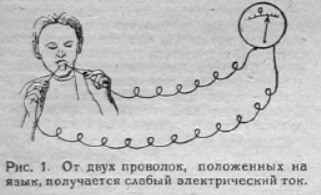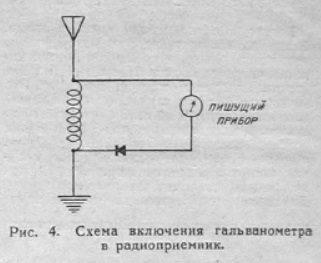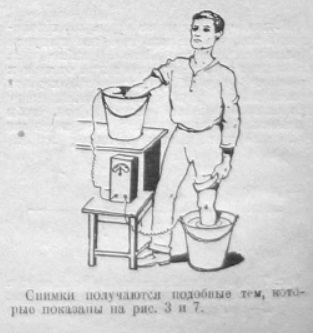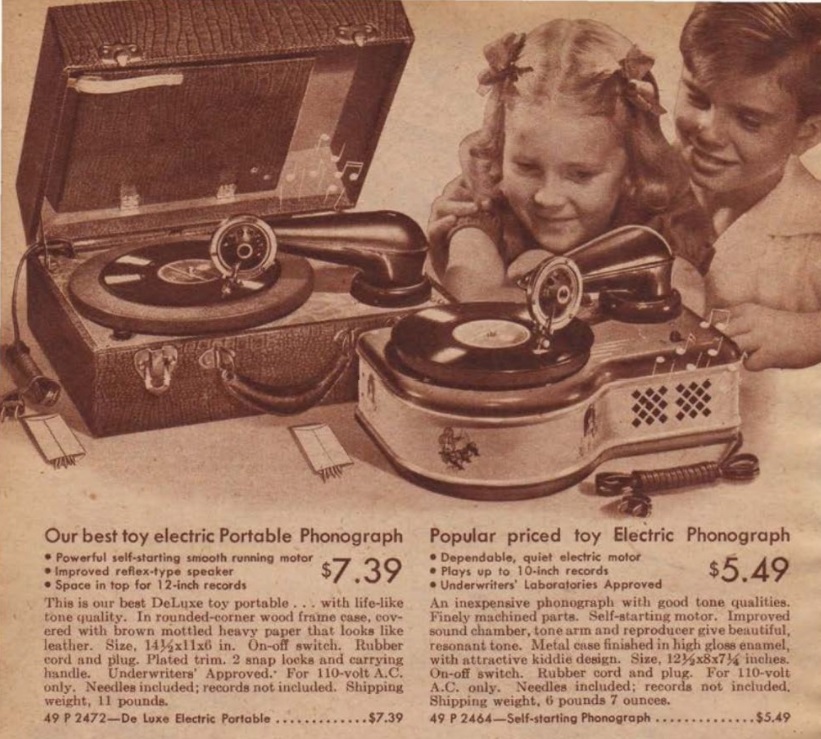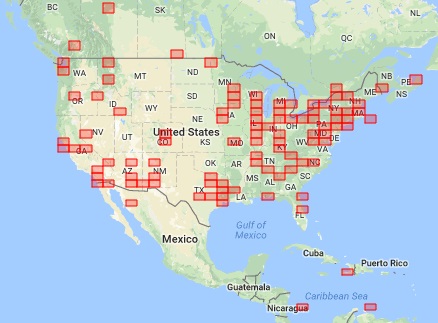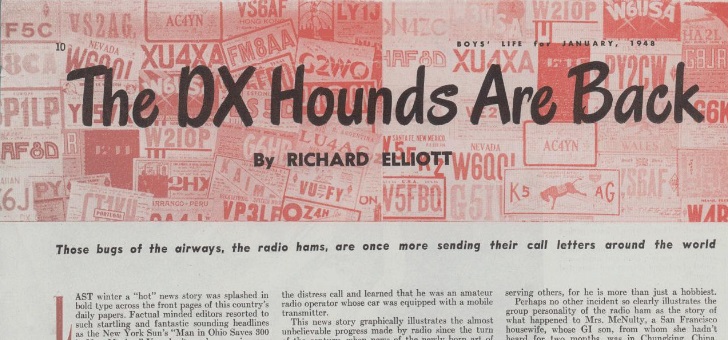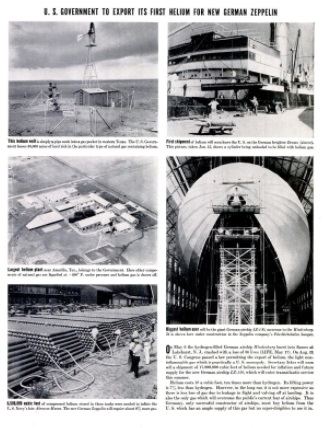 Eighty years ago today, the January 31, 1938, issue of Life magazine carried the feature shown above regarding the proposed sale of U.S. helium to Nazi Germany.
Eighty years ago today, the January 31, 1938, issue of Life magazine carried the feature shown above regarding the proposed sale of U.S. helium to Nazi Germany.
In the wake of the Hindenburg disaster earlier in the year, the Germans realized that for their lighter-than-aircraft industry couldn’t recover if they continued to use hydrogen. Unfortunately for them, the United States was the sole source of the gas. They ultimately prevailed upon the Roosevelt administration to supply it, and the president ushered a bill through Congress to allow the export of the strategic material.
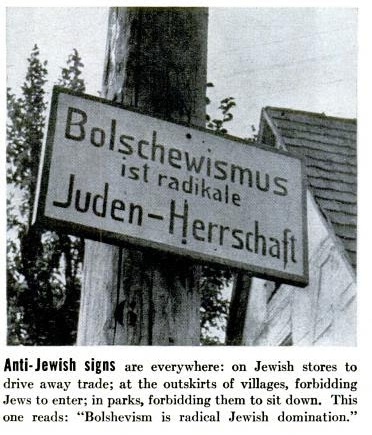 Of course, sale of helium to Germany meant sale of helium to the Nazis. And the very next page of the magazine (probably not a coincidence) had something to say about Nazis. The magazine’s “Movie of the Week” was a newsreel, an edition of The March of Time, entitled “Inside Nazi Germany-1938.” Some of the scenes of that movie are shown here. The magazine noted that the film was initially banned by the Chicago Police Board of Censors, on the ground that “it might offend a friendly nation.” But after a press outcry, the ban was lifted.
Of course, sale of helium to Germany meant sale of helium to the Nazis. And the very next page of the magazine (probably not a coincidence) had something to say about Nazis. The magazine’s “Movie of the Week” was a newsreel, an edition of The March of Time, entitled “Inside Nazi Germany-1938.” Some of the scenes of that movie are shown here. The magazine noted that the film was initially banned by the Chicago Police Board of Censors, on the ground that “it might offend a friendly nation.” But after a press outcry, the ban was lifted.
Some additional scenes from the movie are shown below:
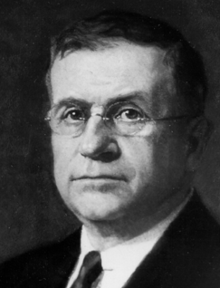
Harold Ickes. Wikipedia photo.
The helium sale never went through. Germany annexed Austria on March 12, 1938. Notwithstanding this event, most of the Roosevelt administration was keen on proceeding with the sale. However, since the helium originated on federal lands, the power to go forward was vested in Interior Secretary Harold L. Ickes. After the annexation, he vetoed the sale, despite opposition by both the President and Secretary of State Cordell Hull.
Ultimately, the Solicitor General sided with Ickes, ruling that the Secretary of State had the ultimate power to allow or decline the sale.
An excellent history of the controversy can be found at this 1964 University of Arizona Master’s Thesis by James Walsh.


